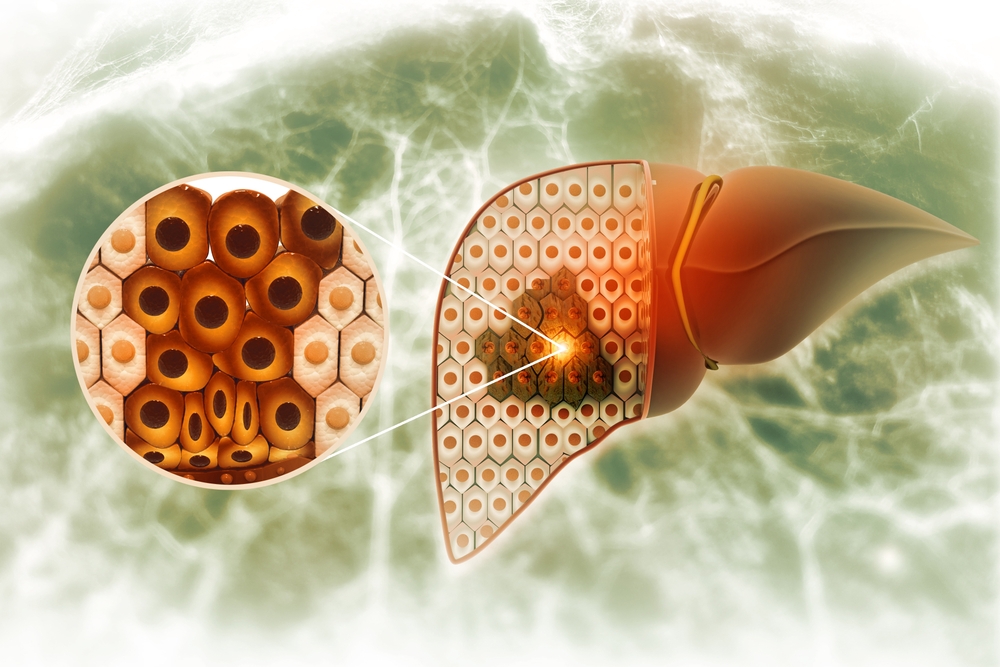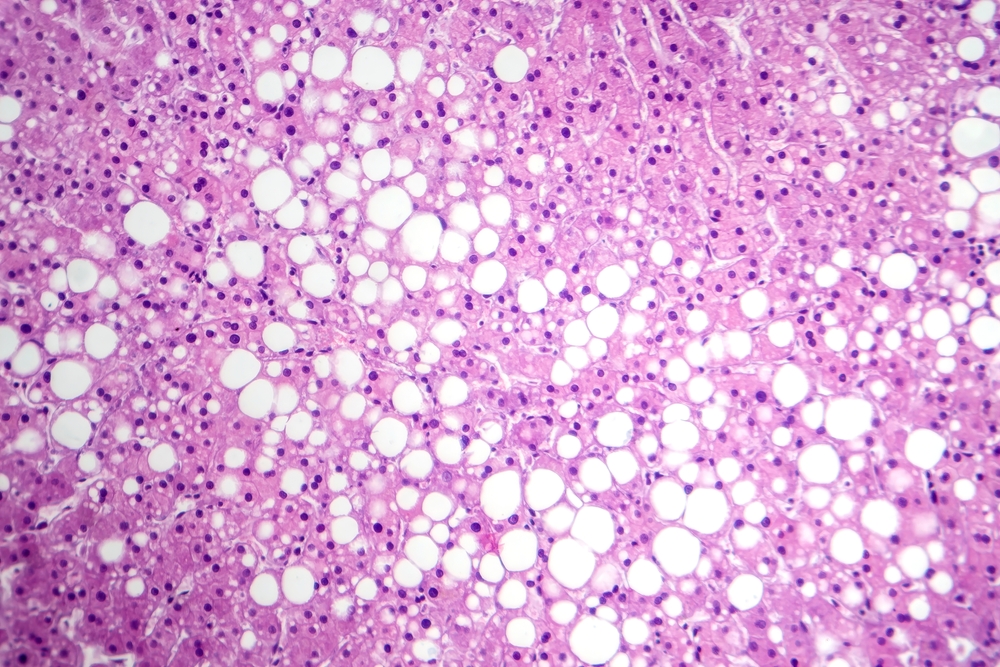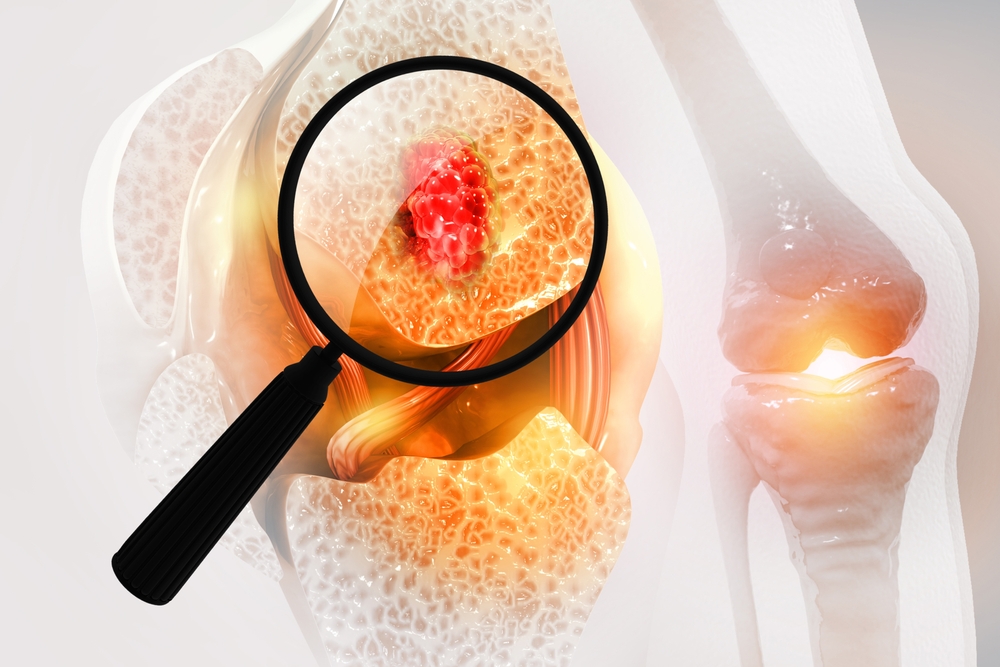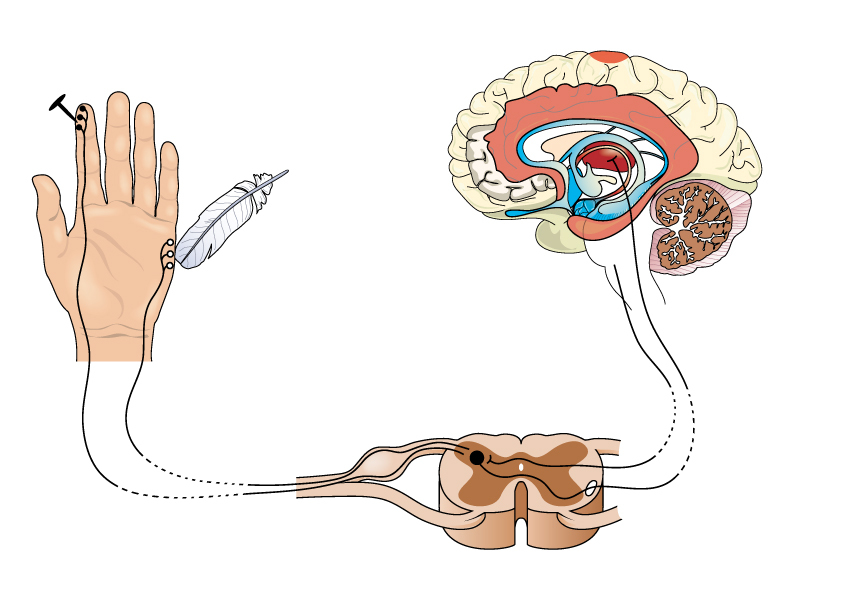An overview of steatohepatitis

This is the seventh blog in a new series discussing pathologies that can be found in seniors. The seventh blog will focus on steatohepatitis. Steatohepatitis is defined by steatosis (fatty liver) and hepatocyte (liver cell) injury. Three pathological features are required for a diagnosis of steatohepatitis: steatosis, hepatocyte swelling, and inflammation. Mallory bodies, also known […]
An overview of steatosis

This is the sixth blog in a new series discussing pathologies that can be found in seniors. The sixth blog will focus on steatosis. Steatosis is characterized by the accumulation of lipids within hepatocytes (liver cells). It can be classified as either macrovesicular or microvesicular. In large droplet macrovesicular steatosis, large lipid droplets occupy the […]
An overview of alcoholic liver disease

This is the fifth blog in a new series discussing pathologies that can be found in seniors. The fifth blog will focus on alcoholic liver disease. Alcoholic liver disease refers to a spectrum of liver conditions caused by excessive alcohol consumption over a prolonged period. It encompasses various stages of liver damage, including fatty liver […]
An overview of celiac disease

This is the fourth blog in a new series discussing pathologies that can be found in seniors. The fourth blog will focus on celiac disease. Celiac disease, also called celiac sprue and gluten-sensitive enteropathy, is an immune-mediated inflammatory disease of the small intestine. It is a multifactorial disorder characterized by genetic susceptibility, particularly involving the […]
An overview of breast cancer

This is the third blog in a new series discussing pathologies that can be found in seniors. The third blog will focus on breast cancer. Breast cancer is the most common type of cancer, with nearly 30,000 people being diagnosed each year. It can be classified into three categories: non-proliferative/proliferative changes, in situ breast carcinoma, […]
An overview of osteosarcoma

This is the second blog in a new series discussing pathologies that can be found in seniors. The second blog will focus on osteosarcoma. Osteosarcoma is a type of bone cancer that often starts in the long bones of the arms or legs. It is associated with mutations in the retinoblastoma gene, and deletions of […]
An overview of drug-induced gingival enlargement

This is the first blog in a new series discussing pathologies that can be found in seniors. The first blog will focus on drug-induced gingival enlargement. Drug-induced gingival enlargement (DIGE) is a condition caused by calcium channel-modifying drugs such as cyclosporin-A, nifedipine, and phenytoin. It usually becomes evident within 3 months of taking the medications. […]
The science behind touch

This is the fifth and final blog in a new series discussing the 5 senses. This blog will focus on touch. Mechanoception is our sense of pressure. It allows organisms to detect and respond to touch, sound, and changes in pressure in their environment. Mechanical stress, changes in pressure, sound waves, and gravity can stimulate […]
The science behind smell

This is the fourth blog in a new series discussing the 5 senses. This blog will focus on smell. Olfaction is our sense of smell. It is a complex sense involving specialized receptors found in the nose and brain. The olfactory epithelium, which contains olfactory sensory cells, is located in the nostril. Separating it from […]
The science behind vision

This is the third blog in a new series discussing the 5 senses. This blog will focus on vision. Vision is our sense of sight. It is a complex process that involves numerous parts of the eye and brain working together to process information from the external environment. Vision begins with light hitting a thick, […]

